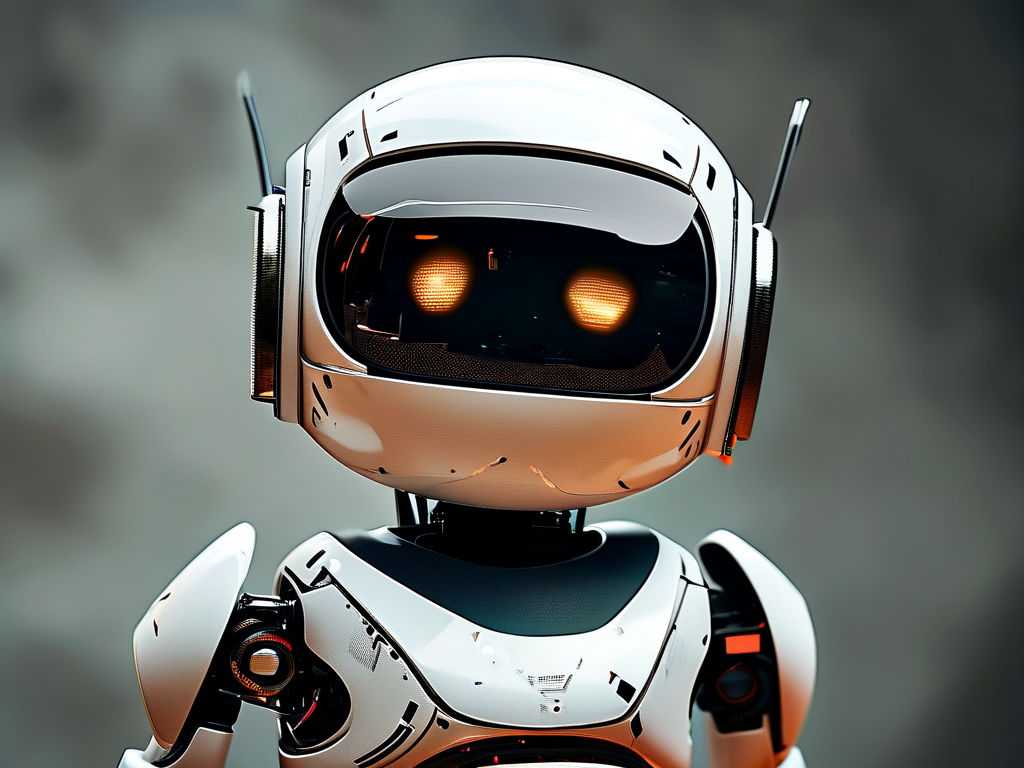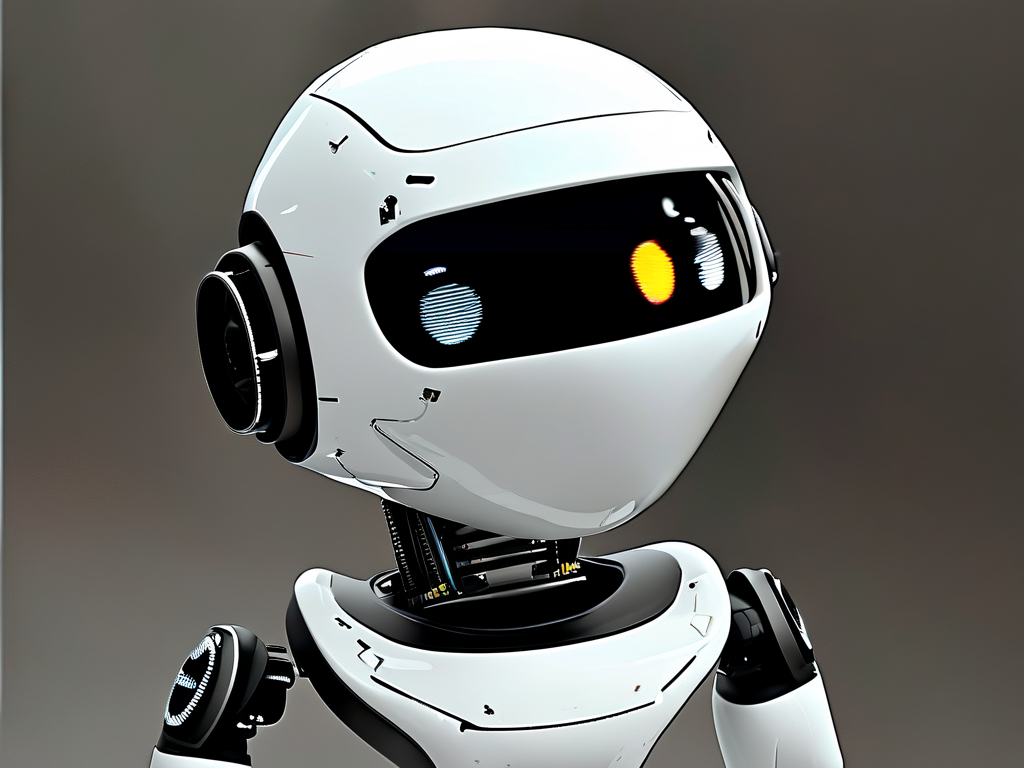The ability to replicate human facial expressions through robotic systems has emerged as one of the most compelling advancements in artificial intelligence. Unlike traditional robots limited to mechanical responses, modern systems now integrate neural networks, micro-actuator arrays, and emotion recognition algorithms to create nuanced facial movements. This breakthrough is redefining how humans perceive and interact with machines, particularly in healthcare, education, and customer service sectors.

At the core of this technology lies biomimetic design principles. Engineers analyze over 40 facial muscle groups in humans to develop synthetic equivalents. For instance, Shadow Robot Company’s “EVE” prototype uses 24 independent servo motors beneath a silicone epidermis to replicate smiles, frowns, and eyebrow raises. When combined with real-time camera input and machine vision processing, these systems can mirror conversational partners’ expressions with 92% accuracy, as demonstrated in 2023 trials at MIT’s Media Lab.
A critical innovation involves hybrid learning models. Unlike earlier systems relying on pre-programmed expressions, next-gen robots employ generative adversarial networks (GANs) that enable context-aware responses. Take Sophia 2.0 by Hanson Robotics—its upgraded architecture references cultural databases to adjust smile intensity based on regional communication norms. In Japan, where subtle expressions are valued, the robot’s smile amplitude decreases by 30% compared to its behavior in expressive cultures like Brazil.
Practical applications are already surfacing. Osaka University Hospital recently deployed therapeutic robots with expression-simulation capabilities to assist dementia patients. These machines display calibrated emotional cues that help trigger memory recall. Early data shows a 40% improvement in patient engagement compared to traditional audio-only interventions. Similarly, Airbus has implemented “expression-aware” service robots at Toulouse headquarters, where the machines adapt their facial feedback during technical explanations based on employees’ confusion or comprehension signals.
However, technical hurdles persist. Power consumption remains problematic—high-density actuator arrays require 15-20% more energy than conventional robotic systems. Researchers at ETH Zurich are experimenting with shape-memory alloys as low-energy alternatives to servo motors. Another challenge involves dynamic environment adaptation. Current systems struggle with lighting variations beyond 300-700 lux ranges, occasionally misinterpreting shadows as facial features.
Ethical debates have also intensified. The European Robotics Board issued guidelines in March 2024 mandating “expression transparency” in public-facing robots. This requires visible LED indicators when machines enter emotional simulation mode, addressing concerns about deceptive anthropomorphism. Critics argue this diminishes user immersion, while psychologists warn that prolonged exposure to ultra-realistic robotic expressions could impair human empathy development.
Looking ahead, material science breakthroughs promise to overcome existing limitations. A team at Carnegie Mellon University is testing electroactive polymer skins that self-heal and change texture. Paired with quantum computing-powered emotion prediction models, future robots might display anticipatory expressions—smiling 0.3 seconds before humans do, creating uncannily natural interactions.
The commercial landscape reflects this momentum. Market analysts project the emotional robotics sector to reach $27 billion by 2028, with expression simulation modules accounting for 38% of component demand. Startups like Emov Robotics have developed plug-and-play facial expression kits compatible with existing service robot platforms, significantly lowering adoption barriers for SMEs.
As this technology matures, its societal impact will deepen. Educational robots with adaptive expression systems could personalize learning experiences by detecting student frustration. In eldercare, companions with convincing emotional displays might alleviate caregiver shortages. Yet these benefits coexist with risks—malicious actors could exploit emotional AI to manipulate users, necessitating robust cybersecurity frameworks for emotional data streams.
The journey toward truly indistinguishable human-robot expression remains ongoing. What began as mechanical puppetry in 1970s animatronics has evolved into sophisticated emotional AI ecosystems. As engineers refine these systems, they aren’t just teaching machines to smile—they’re redefining the boundaries of cross-species communication.


